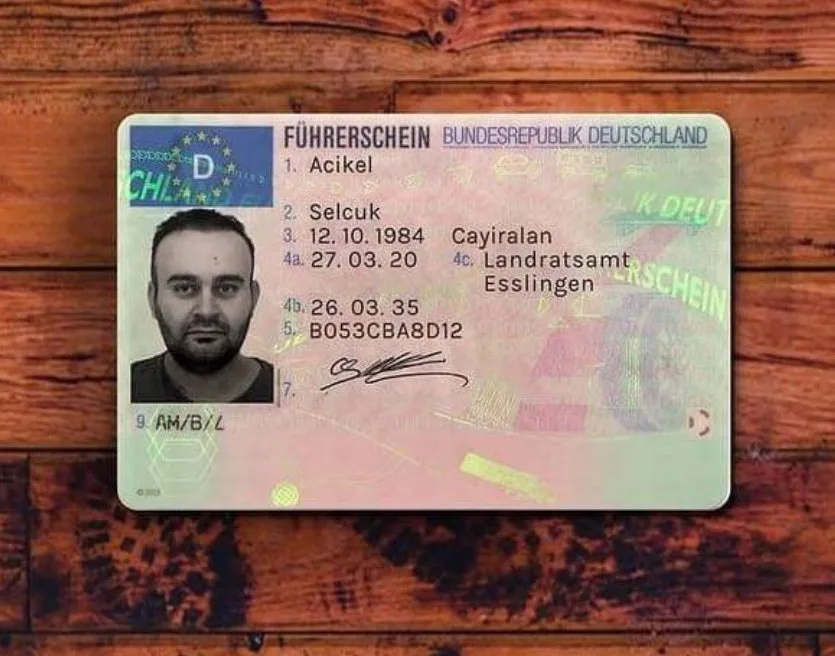A Complete Guide to Obtaining a Driving License Legally
Driving is a vital ability that opens a world of opportunities and self-reliance. Whether for commuting to work, running errands, or starting journey, having a legitimate driving license is crucial. Nevertheless, the process of getting one can be daunting, specifically for novice chauffeurs. In this guide, we will walk you through the essential steps to legally acquire a driving license, guaranteeing you follow the rules and policies of your local jurisdiction.
1. Comprehend the Licensing Requirements
Before you begin the process, it is necessary to familiarize yourself with the licensing requirements in your state or nation, as these can differ significantly. Normally, the standard requirements include:
Age: Most places require you to be a minimum of 16 or 18 years of ages to get a learner's license or a complete driving license.
Recognition: You will require to supply legitimate recognition, such as a birth certificate or passport.
Residency: Proof of residency in the state or nation where you are using is frequently needed.
Health and Vision Tests: Some jurisdictions need a health or vision test to ensure you are healthy to drive.
2. Get a Learner's Permit

For newbie chauffeurs, the very first step in the licensing procedure is generally obtaining a learner's permit. This permits you to practice driving under specific limitations, usually with a licensed adult in the car. Here's how to obtain one:
Complete an Application: Fill out the necessary types either online or at a local Department of Motor Vehicles (DMV) or comparable authority.
Pass the Knowledge Test: Most jurisdictions need you to take a written exam on traffic laws, roadway signs, and safe driving practices.
Pay the Fee: A fee is generally required for processing your application and releasing the student's license.
Receive Your Permit: Once you've met all requirements, you'll get your learner's license, enabling you to begin practicing.
3. Practice Driving
With your learner's permit in hand, it's time to practice driving. Here are some pointers for making the many of this time:
Monitored Driving: Always drive with a qualified adult who holds a legitimate driving license. Their guidance will be invaluable.
Log Your Hours: Many jurisdictions require a minimum number of driving hours with a learner's permit. Keeping a log can help you track your development.
Find Out Defensive Driving: Focus on developing protective driving skills, acknowledging road hazards, and making safe driving decisions.
4. Complete Driver Education (if needed).
Some states or nations need brand-new motorists, particularly those under 18, to finish a driver education course. This may include:.
Classroom Instruction: Learning about roadway guidelines, traffic indications, driving security, and vehicle operations.
Behind-the-Wheel Training: Gaining experience driving with an instructor who can supply feedback on your abilities.
5. Take the Road Test.
After you've practiced adequately and finished any required driver education:.
Set Up a Road Test: Contact your regional DMV or licensing authority to schedule the driving test.
Prepare Your Vehicle: You'll need to provide a safe, operating car for the test. Ensure it satisfies all safety requirements.
Show up on deutsche fahrerlaubnis kaufen : Get to the testing website early, with your student's authorization and any required files.
Pass the Road Test: During the test, an inspector will evaluate your driving abilities. Concentrate on following traffic laws, utilizing turn signals, and performing maneuvers safely.
6. Obtain Your Full Driving License.
Once you pass the road test, you're an action more detailed to having your full driving license:.
Pay the License Fee: A cost is typically required to provide your complete license.
Send Documentation: Provide any needed paperwork, like proof of residency and recognition.
Receive Your License: After processing, you'll either receive your license right away or it will be sent by mail to you.
7. Stay Informed and Safe.
Acquiring your driving license is just the start. Here are some final pointers for accountable driving:.
Know the Rules: Stay updated on local traffic laws and regulations.
Practice Defensive Driving: Always stay alert and ready for unforeseen scenarios on the roadway.
Avoid Distractions: Keep your focus on driving, staying away from diversions such as smart phones or loud music.
Renew When Necessary: Be mindful of your license's expiration date and restore it in a prompt way.
Conclusion.
Getting a driving license legally needs understanding the process, fulfilling essential requirements, and practicing safe driving routines. By following these actions, you can navigate the path to becoming a certified driver with confidence and duty. Remember, driving is not simply an advantage; it's a duty that needs ongoing commitment to safety and awareness on the roadway. Drive safely!
